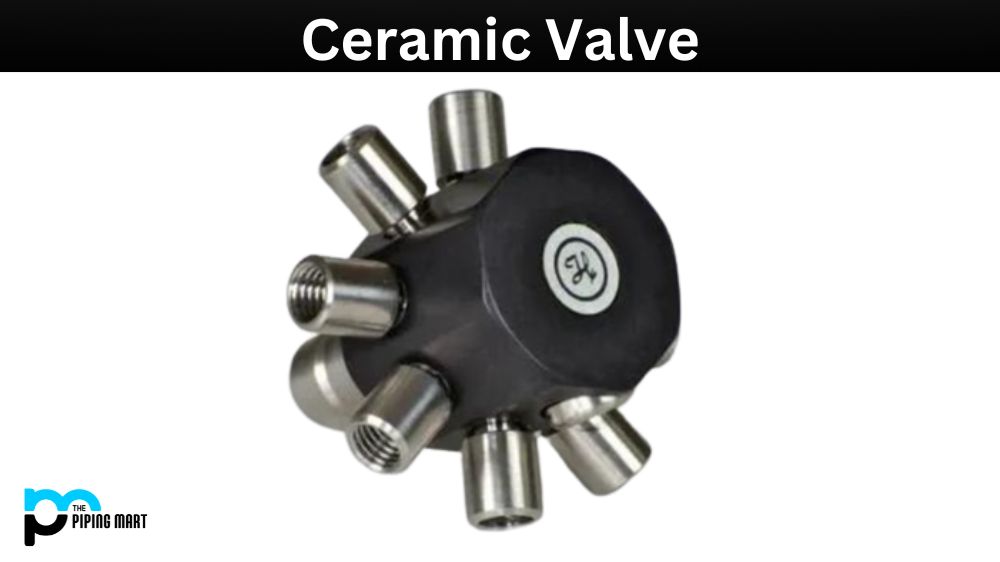Ceramic valves are critical to many mechanical and engineering systems, including industrial applications, aerospace, and medical equipment. They are renowned for their durability, versatility, and capability to withstand extreme temperatures, corrosion, and wear. Ceramic valves come in various shapes, sizes, types, and materials, each possessing unique features that cater to different applications. This blog post will explore the different types of ceramic valves and how they are used in various industries.
Types of Ceramic Valve:
Ball Valves –
Ball valves are a type of ceramic valve with a round or spherical shape that provides excellent control over fluid flow. They are ideal for high-pressure, high-temperature applications that require precise flow control, such as water treatment plants, chemical processing plants, and oil refineries. Ball valves have a simple design, which makes them easy to install and maintain. They are also resistant to corrosion and wear, making them ideal for harsh environments.
Gate Valves –
Gate valves are another ceramic valve used to control the flow of liquids and gas in pipes. They have a sliding gate that moves up and down to adjust fluid flow. They are mostly used in industrial applications for their reliability and robustness. Gate valves can be used in low and high-pressure environments and are suitable for handling corrosive chemicals and abrasive slurries. They are also commonly used in the oil and gas industry for their ability to isolate equipment during emergencies.
Butterfly Valves –
Butterfly valves are a type of ceramic valve used in low-pressure applications that require precise control over flow. They have a circular disc that rotates around an axis to control fluid flow. Butterfly valves are lightweight, easy to install, and maintain. They are mostly used in the food and beverage industry, wastewater treatment, and HVAC systems.
Globe Valves –
Globe valves are a type of ceramic valve widely used in the water treatment industry, petroleum industry, and pharmaceuticals. They have a spherical-shaped globe designed to provide precise control over flow. They are ideal for throttling environments and require less maintenance than other ceramic valves.
Diaphragm Valves –
Diaphragm valves are a unique type of ceramic valve used in the pharmaceutical and food industries. They have a flexible diaphragm that separates the valve body from the process fluid. They are ideal for applications that require minimal contact between the fluid and the valve. Diaphragm valves are also widely used in semiconductors, ensuring that gas flow remains stable and controlled.
Conclusion:
Ceramic valves offer unique features that make them ideal for critical mechanical systems. The different types of ceramic valves we have explored in this blog post are designed to meet the demands of various industries. From the high-pressure environments in chemical plants to the low-pressure environments in the food and beverage industry, ceramic valves offer precise flow control, durability, and resistance to wear and corrosion. So, if you’re looking for a reliable, long-lasting valve solution, ceramic valves are the way to go.

Hey, I’m Krutik, a casual blogger expert in the metal industry. I am passionate about providing valuable information to my readers. With a background in engineering and construction, I like playing Cricket & watching Netflix shows in my free time. Thank you for visiting my blog, and I hope you find my information helpful!




